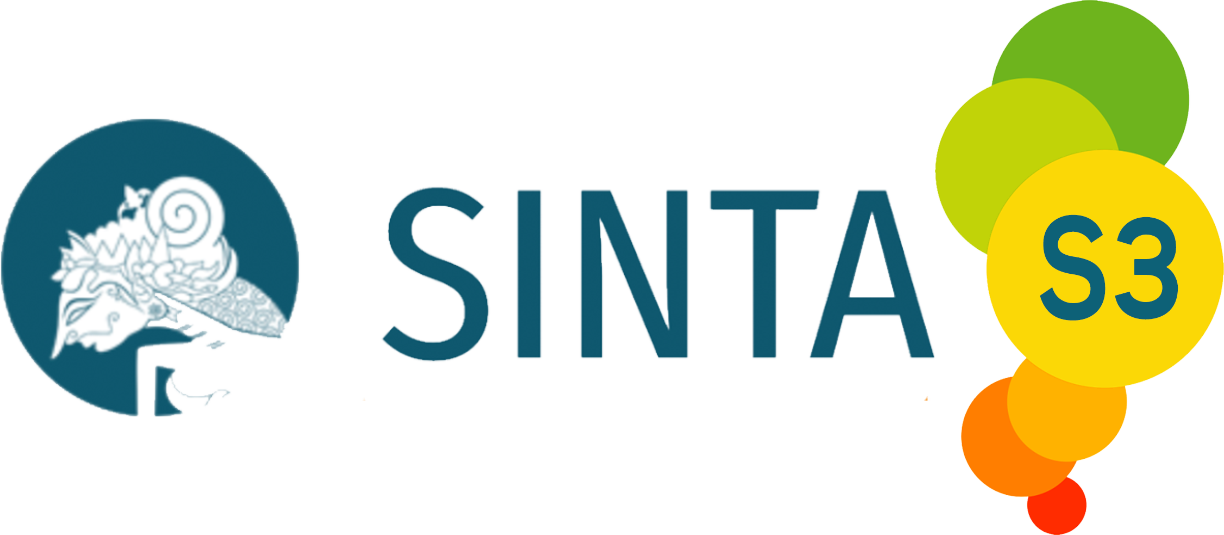Kematian Mendadak Perspektif Hadis
DOI:
https://doi.org/10.12928/taqaddumi.v2i1.6228Keywords:
Sudden Death, Covid-19, Fiqh Al-ḤadīṡAbstract
Kematian sering kali menghantui setiap orang. Tidak ada yang mengetahui kapan saatnya kematian itu datang. Bisa saja hari ini, lusa, atau tahun depan. Tulisan ini akan membahas kematian mendadak dari sudut pandang hadis Nabi saw. Hadis yang berkaitan dengan tema ini akan dikaji dengan menggunakan kaidah-kaidah hadis yang sudah dirumuskan oleh para ulama. Diharapkan dari hasil kajian ini dapat menjadi khazanah pustaka dalam kajian hadis. Metode penelitian yang digunakan adalah kajian kepustakaan (library research). Hadis tentang kematian mendadak terdapat dalam kitab Mu’jam as-Saghir milik Thabarani dalam susunan perawinya terdapat seorang yang tidak tsiqat walaupun sanadnya bersambung.
References
Anis, Ibrahim, dkk. (2004). Mu῾jam al-Wasīṭ. Kairo: Maktabah asy-Syurūq al-Duwaliyah.
Fatah Idris, Abdul. (2012). Studi Pemikiran Fazlur Rahman Tentang Hadis-hadis Prediktif dan Teknis dalam Jurnal Wahana Akademika, Vol. 14, No. 1.
https://covid19.go.id/peta-sebaran, diakses pada 6 September 2021 pukul 14.30 WIB. Hajar Al-Asqalani, Ibn. (1984). Taglīg al-Ta῾līq ῾Ala Ṣaḥīḥ Al-Bukhāri. Beirut: Al-Maktab Al-Islamiy.
Ibn ῾Abdullah, Humud. Kitāb Ar-Ru’yā diakses dari https://www.noor-book.com/كتاب-كتاب-الرؤيا-pdf, diakses pada 6 September 2021 pukul 14.20 WIB.
Ibn Hammad Al-Jauhari, Ismail. (1979). Aṣ-Ṣiḥḥaḥ: Tāj al-Lughah wa Ṣiḥḥaḥ al-῾Arabiyyahi. Beirut: Dār al-῾Ilmi lil Malāyīn.
Ibn Ismail Al-Bukhari, Muhammad. (2002). Ṣaḥīḥ Al-Bukhāri. Beirut: Dār Ibn Kaṡīr.
Ibn Mas῾ud Al-Baghawi, Al-Husain. (1983). Syarh As-Sunnah. Beirut: Maktabah Al-Islamiy.
῾Itr, Nūruddin. (1979). Manhaj an-Naqd fī ῾Ulūm al-Hadiṡ. Damaskus: Dār al-Fikr.
Syarifuddin, Amir. (2008). Ushul Fiqh. Jakarta: Kencana.
https://www.klikdokter.com/info-sehat/read/3633883/penyebab kematianmendadak-yang-jarang diketahui#:~:text=Kematian%20mendadak%20merupakan%20salah%20satu,napas%20yang%20dipicu%20oleh%20kejang, diakses pada 7 September 2021.
Anastaisya M. Suwu, James F. Siwu, and Johannis F. Mallo, “Penyebab Kematian Mendadak Di Sulawesi Utara Periode Tahun 2017-2019,” E-CliniC 9, no. 2 (March 16, 2021): 324–27, https://doi.org/10.35790/ecl.v9i2.32849.
Yoga Yuniadi, “Mengatasi Aritmia, Mencegah Kematian Mendadak” 5, no. 3 (2017): 9.
Raja Al Fath Widya Iswara et al., “Kematian Mendadak Akibat Kardiomiopati Hipertrofi Pada Dewasa Muda,” Medica Hospitalia : Journal of Clinical Medicine 7, no. 2 (November 19, 2020): 470–75, https://doi.org/10.36408/mhjcm.v7i2.522.
M. Syukri Nawir, Muhamad Yusuf, and Akhmad Kadir, “Islam Raja Ampat Dan Mitos Hantu Cuwig,” SANGKéP: Jurnal Kajian Sosial Keagamaan 3, no. 1 (January 24, 2020): 1–22, https://doi.org/10.20414/sangkep.v3i1.1482.
Ath-Thabarāni, Al-Mu’jam As-Shaghīr liththabarānī. Beirut: Dārul Kutub Al-‘Ilmiyah.
Hajar al-Asqalanī, Ibnu. Tahdzīb at-Tahdzīb. Maktabah Taḥqīq at-Turāts, Muassasatul Risālah.
Al-Mizzī, Yusuf. Tahdzībul Kamāl Fī Asmāil Rijāl, Juz 14, (Maktabah Taḥqīq at-Turāts, Muassasatul Risālah), h. 209.
http://hadith.islam-db.com/narrators/40627/ عَبْدُ الْكَبِيرِ بْنُ الْمُعَافَى بْنِ عِمْرَان , diakses pada 7 September 2021.
Downloads
Published
Issue
Section
License
Copyright (c) 2022 Zaid Adnan

This work is licensed under a Creative Commons Attribution-ShareAlike 4.0 International License.
License and Copyright Agreement
In submitting the manuscript to the journal, the authors certify that:
- They are authorized by their co-authors to enter into these arrangements.
- The work described has not been formally published before, except in the form of an abstract or as part of a published lecture, review, thesis, or overlay journal. Please also carefully read the Taqaddumi Author Guidelines at http://journal2.uad.ac.id/index.php/taqaddumi/about/submissions#onlineSubmissions
- That it is not under consideration for publication elsewhere,
- That its publication has been approved by all the author(s) and by the responsible authorities – tacitly or explicitly – of the institutes where the work has been carried out.
- They secure the right to reproduce any material that has already been published or copyrighted elsewhere.
- They agree to the following license and copyright agreement.
Copyright
Authors who publish with the Taqaddumi Journal agree to the following terms:
- Authors retain copyright and grant the journal right of first publication with the work simultaneously licensed under a Creative Commons Attribution License (CC BY-SA 4.0) that allows others to share the work with an acknowledgment of the work's authorship and initial publication in this journal.
- Authors are able to enter into separate, additional contractual arrangements for the non-exclusive distribution of the journal's published version of the work (e.g., post it to an institutional repository or publish it in a book), with an acknowledgment of its initial publication in this journal.
- Authors are permitted and encouraged to post their work online (e.g., in institutional repositories or on their website) prior to and during the submission process, as it can lead to productive exchanges, as well as earlier and greater citation of published work.








